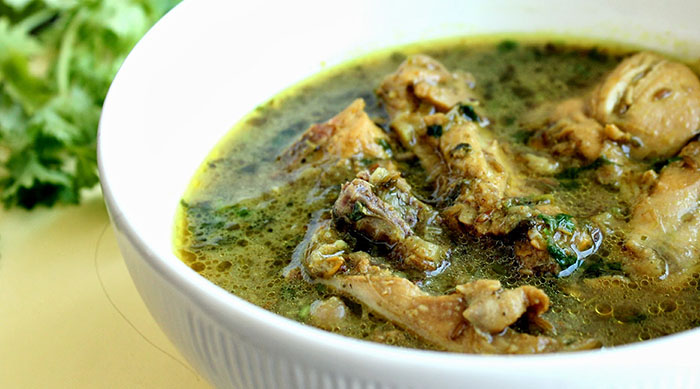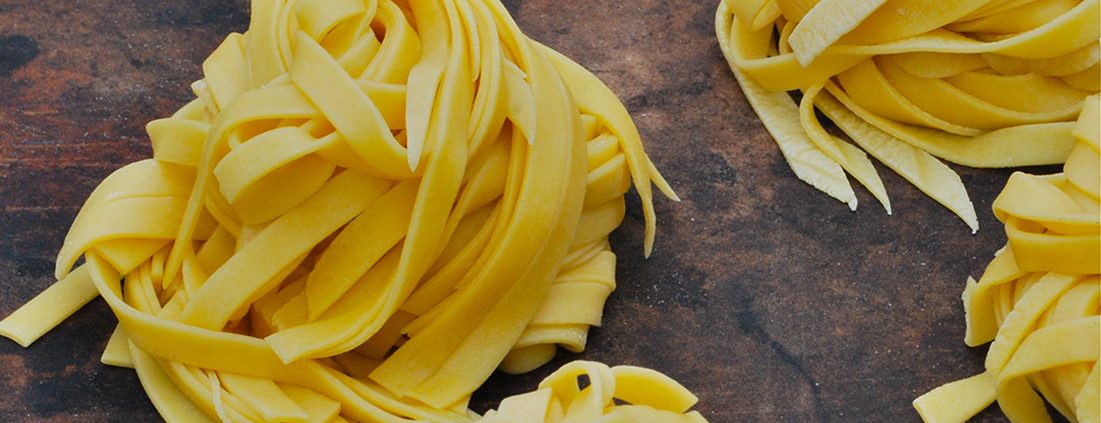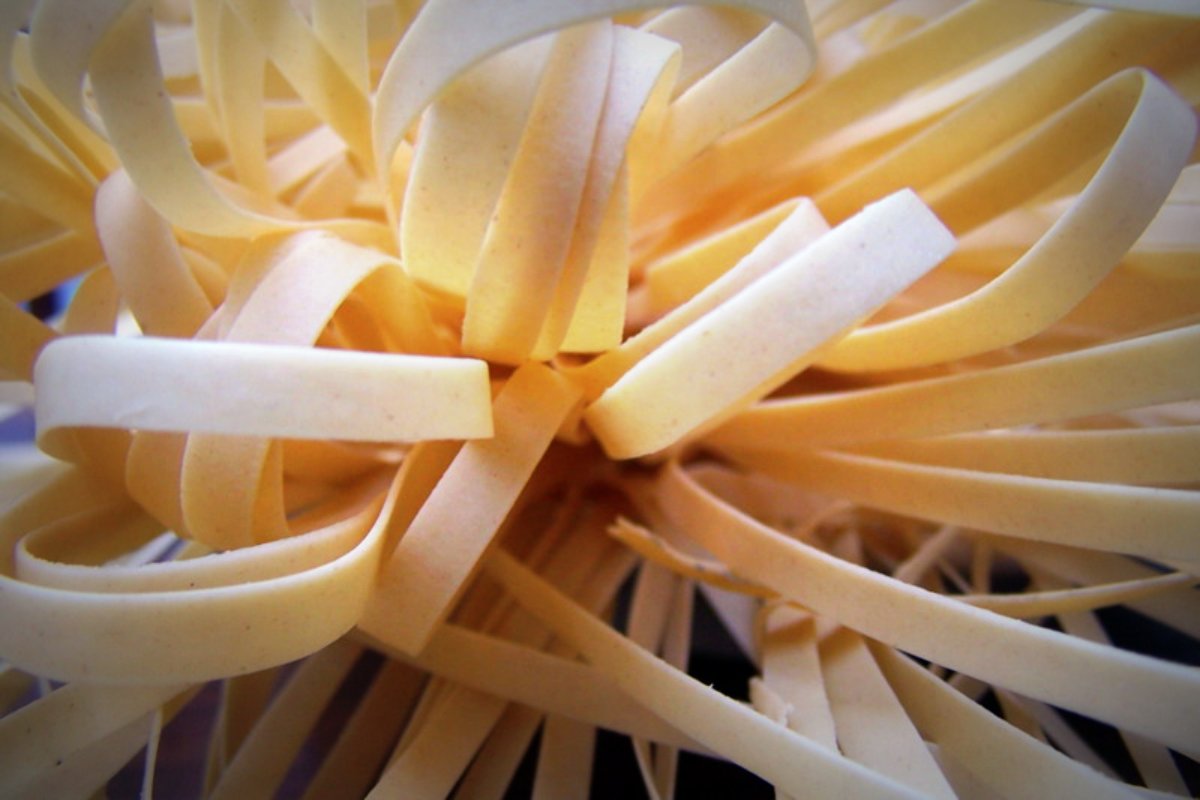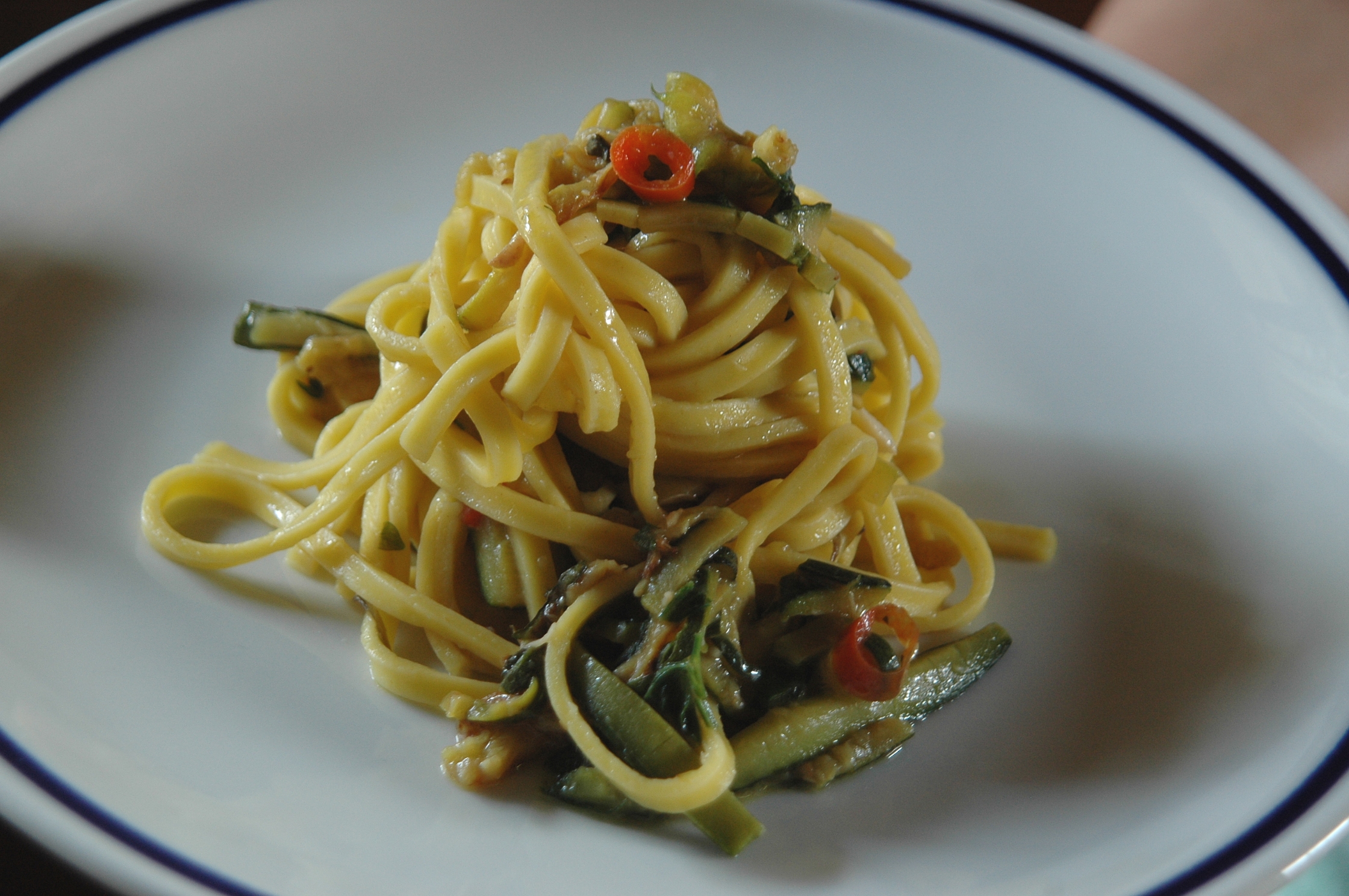Food Bites: Limoncello

Stroll along the beautiful, cobblestoned streets of Sorrento, or in other villages along the southern coasts of Italy, and chances are that you will find an array of shops displaying attractive bottles filled with a zesty liqueur, coloured in a bright yellow hue.
Stored within the bottles are Limoncello, a sweet Italian lemon liqueur. This liqueur is mainly produced in the southern parts of Italy, in the regions near the Gulf of Naples, the coast of Amalfi and the Sorrentine Peninsula.
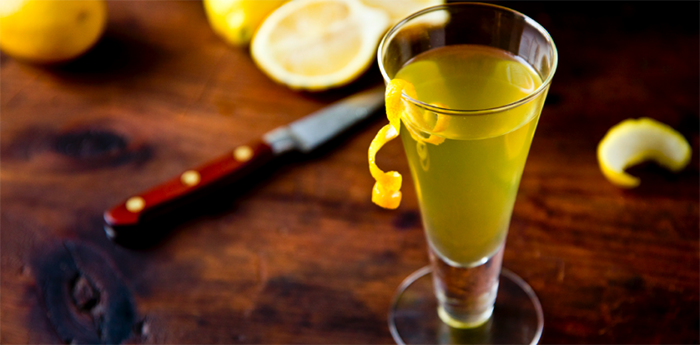
Serving it Right
Limoncello is usually served ice cold, in chilled aperitif glasses. It is handed out at the end of a meal as a digestif.
Variations: Giving the Limoncello a Twist
A good number of varieties of the liqueur are produced, such as an intriguing-sounding Pistachiocello (flavoured with pistachio nuts), the Meloncello (made from sweet cantaloupe melons), as well as the ruby-red Fragoncello (containing the tart flavour of strawberries).
Those who seek a liqueur with a richer taste should give the Crema di Limoncello a try. Translating to mean ‘cream of Limoncello’, this liqueur contains a lower percentage of alcohol, and boasts a sweeter taste and thicker consistency compared to the original version.
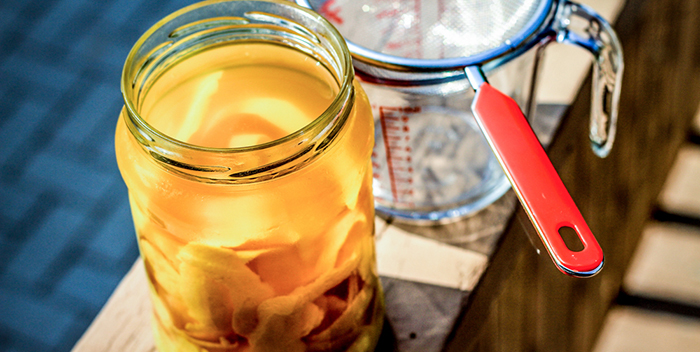
Take a Shot at Making Your Own Limoncello!
Do not be daunted by the thought of making your own Limoncello at home!
Unlike other kinds of liqueurs, making the Limoncello is a fairly simple process, with few ingredients and tools required. If you are a passionate home-cook yearning to serve out several shots of Limoncello to your dinner guests, do take a look at Limoncelloquest for detailed instructions on how to make your own Limoncello.
Looking for a taste of excellent home-made Limoncello? Be sure to dine with our convivial BonAppetour Host, Alessandro in Rome, Italy!
Image Credits: Diane Abroad, Fmms, Foodrepublic
[icegram campaigns=”612″]

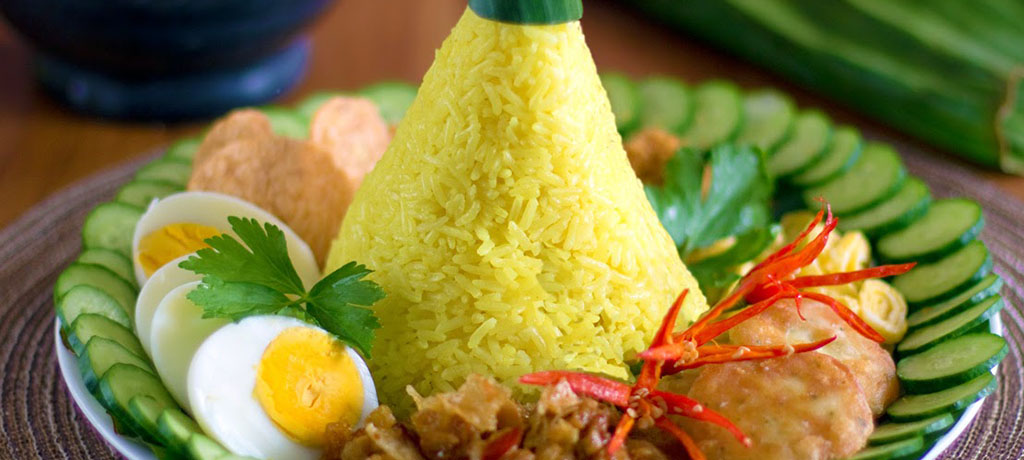
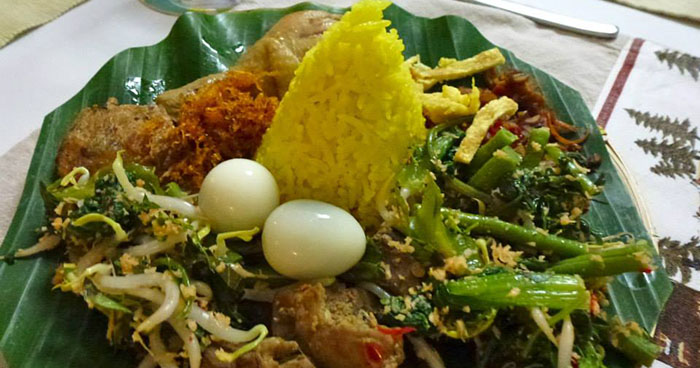
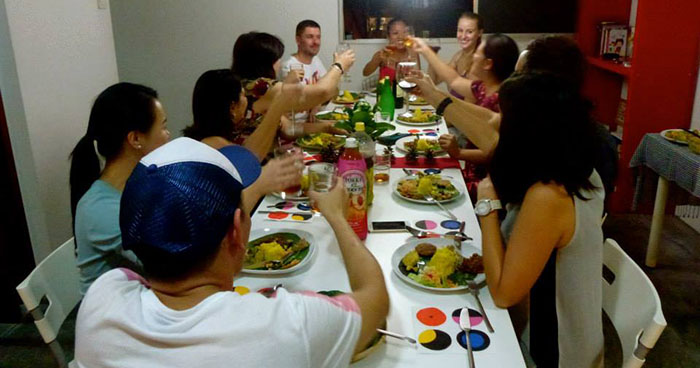
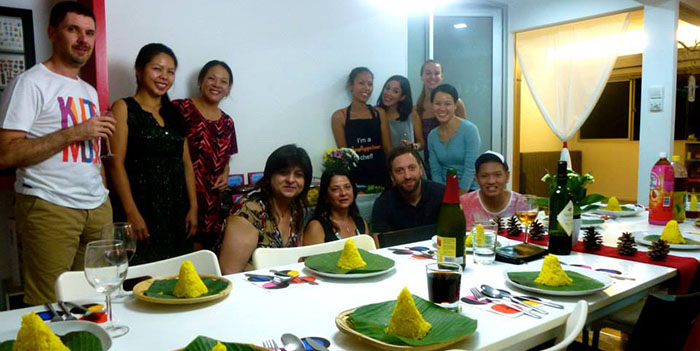
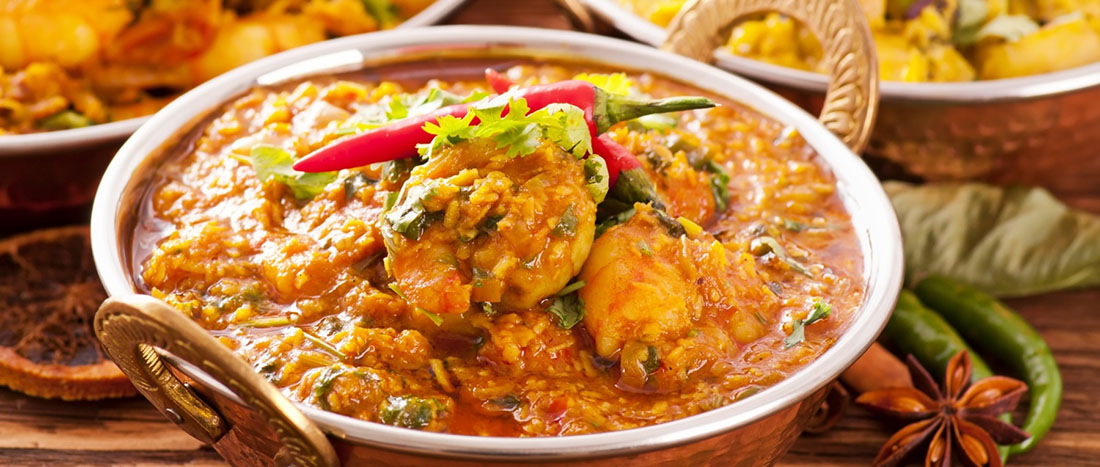
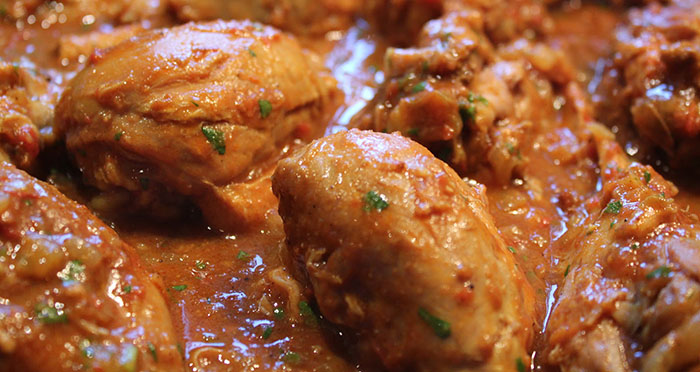
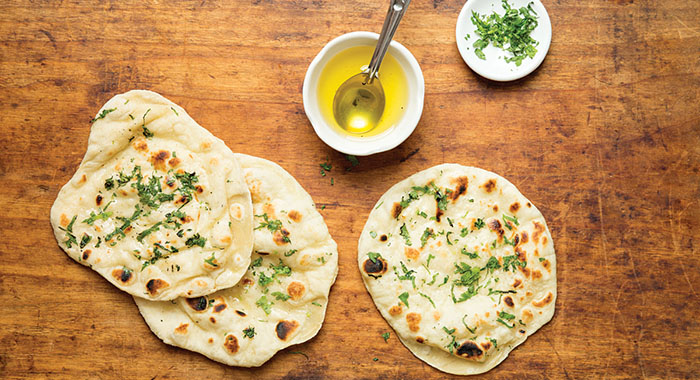 Flavours of the South
Flavours of the South